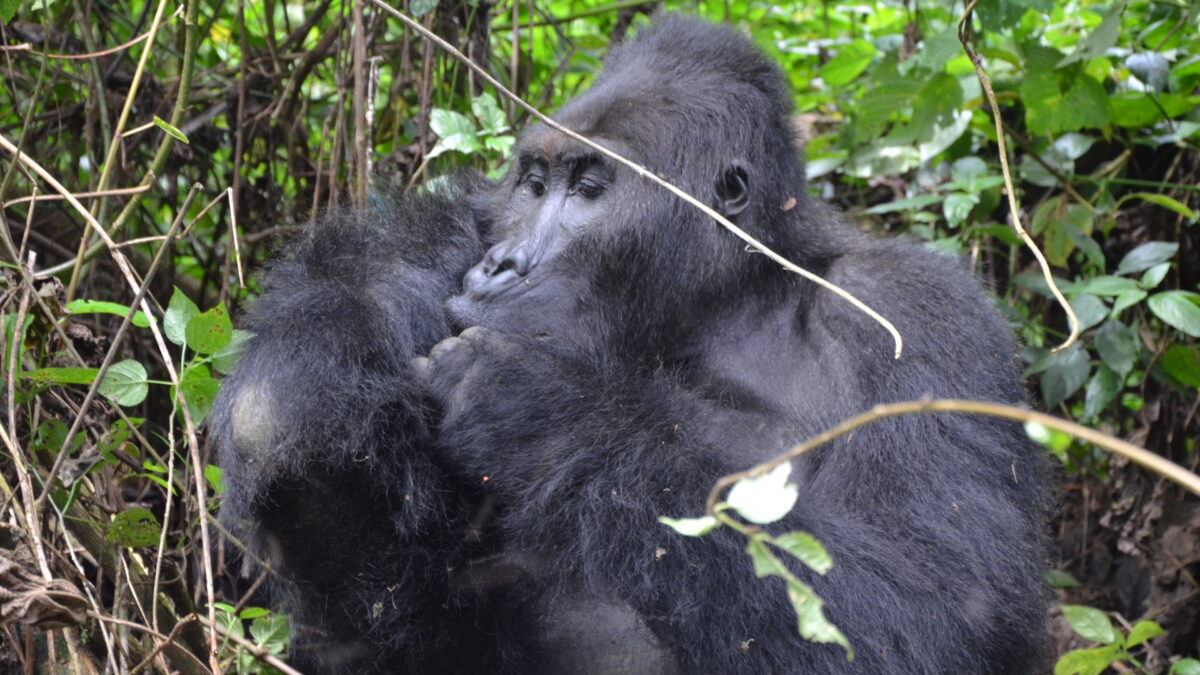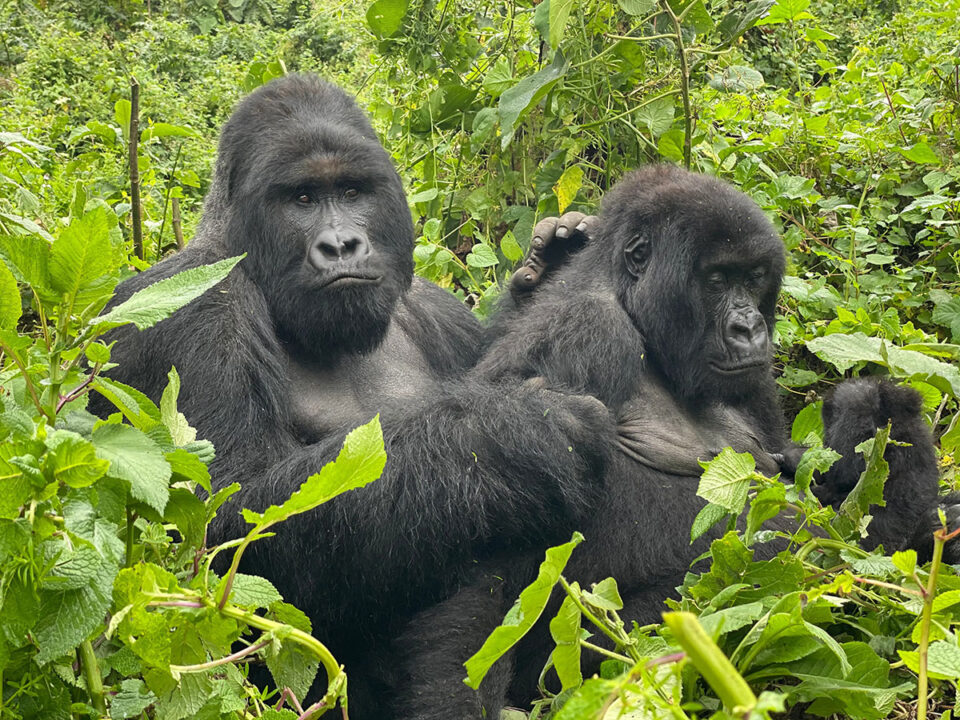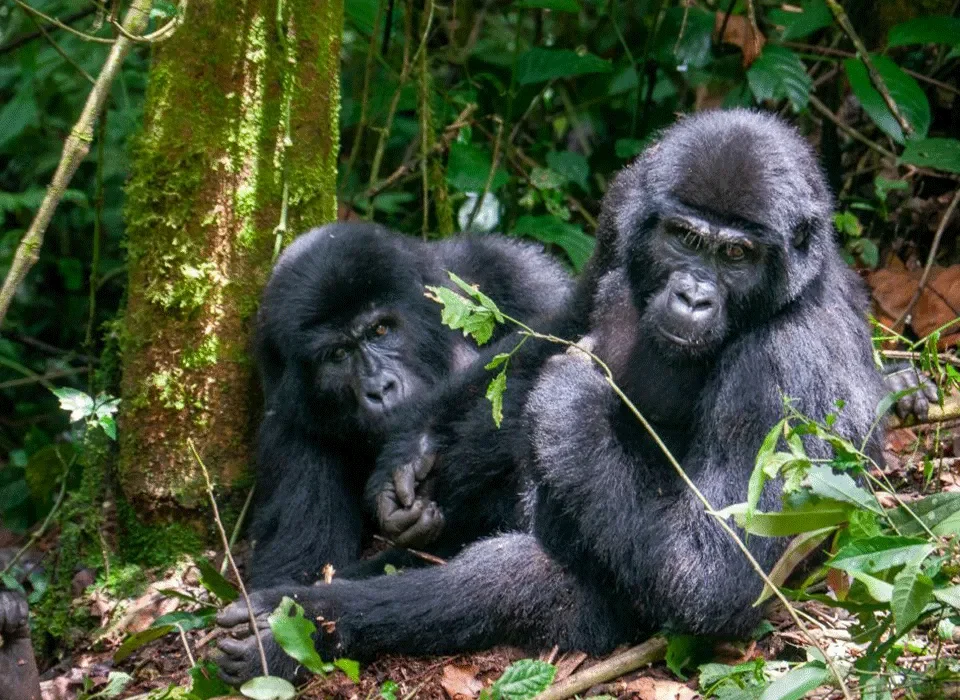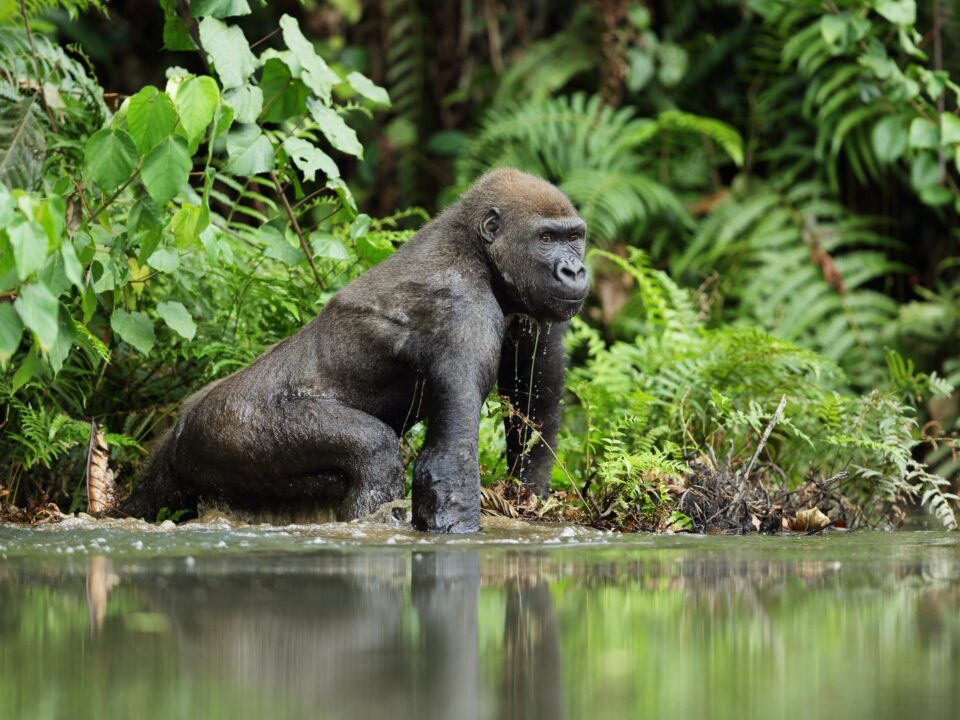Gorilla Trekking Frequently Asked Questions (FAQs)

Uganda Gorilla Trekking Costs and Prices
March 11, 2024
Gorilla Trekking from Tanzania
March 11, 2024Frequently Asked Questions (FAQs) about Gorilla Trekking – Everything You Need to Know about Gorilla Trekking
For those eager to embark on the thrilling adventure of gorilla trekking, numerous questions may arise. This FAQ section aims to address key aspects of this extraordinary experience, from the habitats of mountain gorillas to the best seasons for tracking in Uganda and Rwanda.
Where are mountain gorillas tracked in Uganda?
Mountain gorillas in Uganda are tracked in the tropical rainforests of Bwindi Impenetrable National Park, known for its diverse and endangered species, and Mgahinga National Park in Southwest Uganda. Additionally, Volcanoes National Park in the Northeast of Rwanda offers another location for gorilla trekking. Gorilla trekking is available throughout the year in both countries.
What are the challenges of the low season for gorilla trekking?
The low season, marked by heavy rains in March, October, and November, poses challenges such as difficulty in hiking and tracking due to slippery and muddy trails in the Impenetrable woods. A 4-wheel drive is necessary during this period. However, some trackers find comfort in the low season as gorilla permits cost the same as the high season ($1500 in Rwanda and USD800 in Uganda). Accommodation costs are more favorable due to lower occupancy rates, attracting budget-conscious trackers. The low season provides a more intimate gorilla tracking experience with fewer visitors.
What are the advantages of the high season for gorilla trekking?
The high season, during the dry seasons of June, July, August, September, and part of October and December plus February, offers favorable conditions for gorilla tracking. With less or no rainfall, the demand for gorilla permits increases, costing $1500 in Rwanda and USD700 in Uganda. Mountain gorillas thrive in temperate weathered regions with a raised landscape, providing a cool climate throughout the year, ideal for extended tracking sessions.
What is the Kwita Izina ceremony in Rwanda?
The Kwita Izina ceremony in Rwanda is an event where newly born mountain gorillas are named. It is an interesting time to visit Volcanoes National Park. While there is no charge for the ceremony, visitors can tour the park simultaneously, enjoying entertainment and cultural experiences.
How long should I plan for my gorilla tracking tour?
It is recommended to plan at least 3 days for a gorilla tracking tour. Day 1 involves traveling to the park, Day 2 is dedicated to gorilla tracking, and Day 3 is for the return journey.
Should I hire a porter for gorilla tracking?
Hiring a porter for gorilla tracking is highly recommended. Porters assist with carrying bags, allowing you to focus on observing the endangered gorillas. They are particularly helpful in navigating through challenging terrains, which can be muddy and slippery. Hiring a porter not only facilitates your journey but also supports local livelihoods. The cost typically ranges from $15 to $20 for a full day of service.
Am I guaranteed to see the gorillas with a gorilla tracking permit?
While mountain gorilla permits are non-refundable once purchased, there is a 95% chance of encountering these gentle giants during the tracking session. Refunds may only be considered in cases of medical reasons, requiring a medical certificate as proof. It’s important to note that possessing a gorilla tracking permit does not guarantee a sighting but significantly increases the likelihood.




